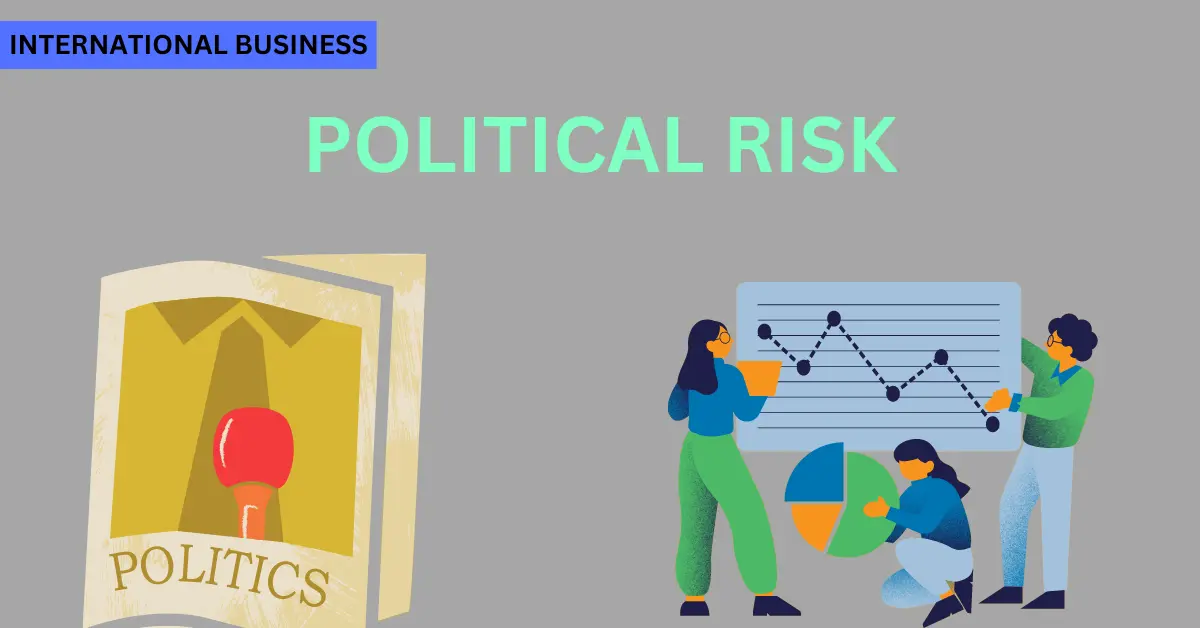
International Investment can be a game-changer for your portfolio. By spreading your investments across the globe, you can open up new opportunities and protect your wealth. But how do you get started with international investment strategies? Let’s break it down.
Why Invest Internationally?
Diversification Benefits
Investing in different countries helps you spread your risk. If one market is doing poorly, another might be doing well, balancing out your portfolio.
Growth Opportunities
Many emerging markets offer higher growth rates than developed ones. By investing internationally, you can tap into these high-growth areas.
Risk Management
International investments can protect you from risks specific to your home country, like economic downturns or political instability. Diversifying globally helps you manage these risks better.
Types of International Investments
Foreign Direct Investment (FDI)
FDI means buying a significant stake in a foreign company, giving you control over its operations. It’s a way to get involved directly but it requires a lot of capital and comes with higher risks.
Portfolio Investment
This involves buying foreign stocks, bonds, or mutual funds without taking control of the companies. It’s easier to manage and can be sold quickly if needed.
Real Estate Investment
Investing in property abroad can be profitable, especially in growing markets. However, it requires understanding local laws and market conditions.
Key Considerations for International Investment
Economic and Political Stability
Check the economic health and political stability of the country before investing. Stable countries are usually safer for investments.
Currency Exchange Risks
Changes in currency value can affect your returns. If the foreign currency drops in value, your investments might lose value too.
Legal and Regulatory Environment
Make sure the country has a reliable legal system and respects property rights to protect your investments.
Research and Due Diligence
Market Analysis
Do thorough market research to understand economic trends, consumer behavior, and potential growth areas in the target country.
Evaluating Investment Opportunities
Look at the financial health, competition, and growth potential of investment opportunities. Use financial tools to assess their viability.
Developing an Investment Strategy
Setting Investment Goals
Are you looking for high returns, steady income, or a mix of both?
Risk Tolerance Assessment
Know how much risk you can handle. International investments can be volatile, so understand your risk tolerance.
Time Horizon
Determine how long you plan to invest. Long-term investments can handle short-term ups and downs better.
Geographic Diversification
Emerging Markets
These markets can offer high returns but come with higher risks like political instability and currency volatility.
Developed Markets
These markets are more stable with strong regulatory frameworks. They are less risky but may offer lower returns than emerging markets.
Sectoral Diversification
Technology
The global tech sector is booming. Investing in international tech companies can provide significant growth opportunities.
Healthcare
The healthcare sector is growing worldwide. Investing in medical technologies and pharmaceuticals can be lucrative.
Energy
Investing in energy, especially renewable energy, is promising as the world moves towards sustainable sources.
Investment Vehicles for International Markets
Mutual Funds
International mutual funds pool money from many investors to buy a diversified portfolio of foreign stocks and bonds.
Exchange-traded funds (ETFs)
ETFs are a cost-effective way to invest in international markets. They trade like stocks and provide exposure to a range of international assets.
International Bonds
Buying bonds from foreign governments or businesses can provide steady income with less risk than stocks.
Tax Implications of International Investments
Tax Treaties
Understanding these can help you optimize your tax liabilities.
Double Taxation
Be aware of double taxation and explore ways to mitigate it, such as foreign tax credits.
Managing Currency Risks
Hedging Strategies
Using hedging tools like forward contracts and options can protect your investments from currency fluctuations.
Currency Diversification
Investing in assets in different currencies can help spread and reduce currency risk.
Leveraging Technology in International Investments
Online Trading Platforms
These platforms make it easy to buy and sell foreign securities, opening up global markets for individual investors.
Robo-Advisors
Robo-advisors offer automated financial planning services, helping you manage international investments efficiently.
Monitoring and Rebalancing Your Portfolio
Performance Tracking
Keep an eye on how your investments are doing to ensure they meet your goals.
Conclusion
International investment strategies can help diversify your portfolio, manage risks, and tap into global growth. By understanding the types of investments, conducting thorough research, and developing a solid strategy, you can make informed decisions and build a robust international investment portfolio.








